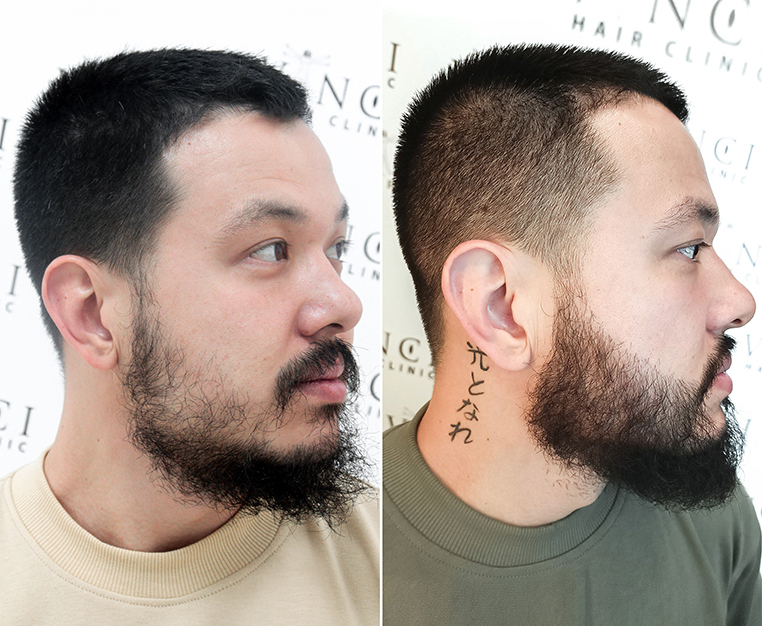Let’s open with a few statistics. The International Society of Hair Restoration Surgery (ISHRS) released figures showing that in 2021, 87% of clients having hair restoration surgery around the world were male. For non-surgical treatments, men comprised 62% of the total figure. The predominance of male clients in those statistics is unsurprising, given that hair restoration has traditionally been more about men than women. What will be surprising, however, is if the next set of practice figures produced by the ISHRS tells the same story. That’s because managers of hair restoration clinics have been reporting a surge in female clients over the past few months. What’s happening?
That’s what we’re going to consider right now. Keep reading to find out more!
Is There a Rise in Female Hair Loss?
Here’s the good news: no one is saying that female hair loss is on the rise. There is, however, greater awareness amongst women around the health issues that cause female hair loss. Hormonal imbalances, such as those experienced during and after pregnancy, menopause, or conditions like polycystic ovary syndrome (PCOS), can contribute to hair loss in women. As more women seek medical help for these health issues, they may also enquire about solutions for hair restoration as part of their recovery.
There is also greater awareness of other factors that can contribute to female hair loss, factors such as high levels of stress, inadequate sleep, poor dietary choices and the use of styling products or treatments that can damage the hair. These issues have always been around, however, and women haven’t always sought hair restoration treatment to deal with their consequences. Something else must be happening to explain the change.
International Conversation
If women today are more aware of their health concerns, they are also becoming more assertive about their right to have these addressed effectively. The days of female health issues being ignored or underfunded are on the way out, as women become more vocal about the need for change.
Take just one example. The year 2022 was dubbed by some commentators as the Year of Menopause. That’s because an international conversation around the issue sprung up almost overnight when it had been largely ignored up until that point. High-profile women like Oprah Winfrey, Michelle Obama and Emma Thompson dragged the issue out of the shadows and into people’s living rooms and Twitter feeds.
We could be seeing something similar happening with the issue of female hair loss. Increasingly, it is being viewed as a health issue as much as a matter of aesthetics. There seems to be a growing acceptance that hair is an essential part of a woman’s identity. If she loses her hair, her self-confidence and mental well-being are affected. Women are more likely to seek professional help to solve this problem as a result.
In the UK, women such as reality TV star Rosie Williams and model Bianca Gascoigne have spoken publicly about the treatments they have received (hair and eyebrow transplants respectively). This openness on the part of celebrities diminishes the stigma surrounding female hair loss, making it easier for other women to discuss their hair loss concerns and to seek appropriate help. The number of female clients visiting hair restoration clinics has risen as a consequence of this.
Different Treatments
Increased awareness through media, social platforms and online forums has helped women understand the variety of treatments and procedures available to them. Follicular unit hair transplantation remains the flagship treatment, and advances in technology and techniques have made this treatment a less invasive, more effective option. This has made it more appealing to women.
Other innovative treatments have also captured female attention. Eyebrow transplants have become increasingly popular, while hairline lowering has provided women with a way of reducing the appearance of a prominent forehead. Clinics report a recent TikTok-driven surge in enquiries about this particular procedure.
Non-surgical treatments include platelet-rich plasma (PRP) therapy, low-level laser treatment, mesotherapy and micro scalp pigmentation (MSP). These have provided women with a range of treatments to choose from depending on the cause and severity of their hair loss problem.
Conclusion
The ISHRS statistics cited at the top of this article show, without any doubt, that men still outnumber women when it comes to the take-up of hair restoration treatments. That is slowly changing, however. Greater awareness of the treatments available, the removal of the stigma attached to hair treatments and advances in techniques and technology have all played a role.
If you’re interested in any of the hair loss treatments mentioned in this article, Vinci Hair Clinic would be happy to supply you with further information. Better still, we offer a free, no-obligation consultation with one of our hair specialists to all first-time clients. You can choose an in-person consultation at one of our many clinics or we can assess you using photographs over the phone. Get in touch to book your appointment!


